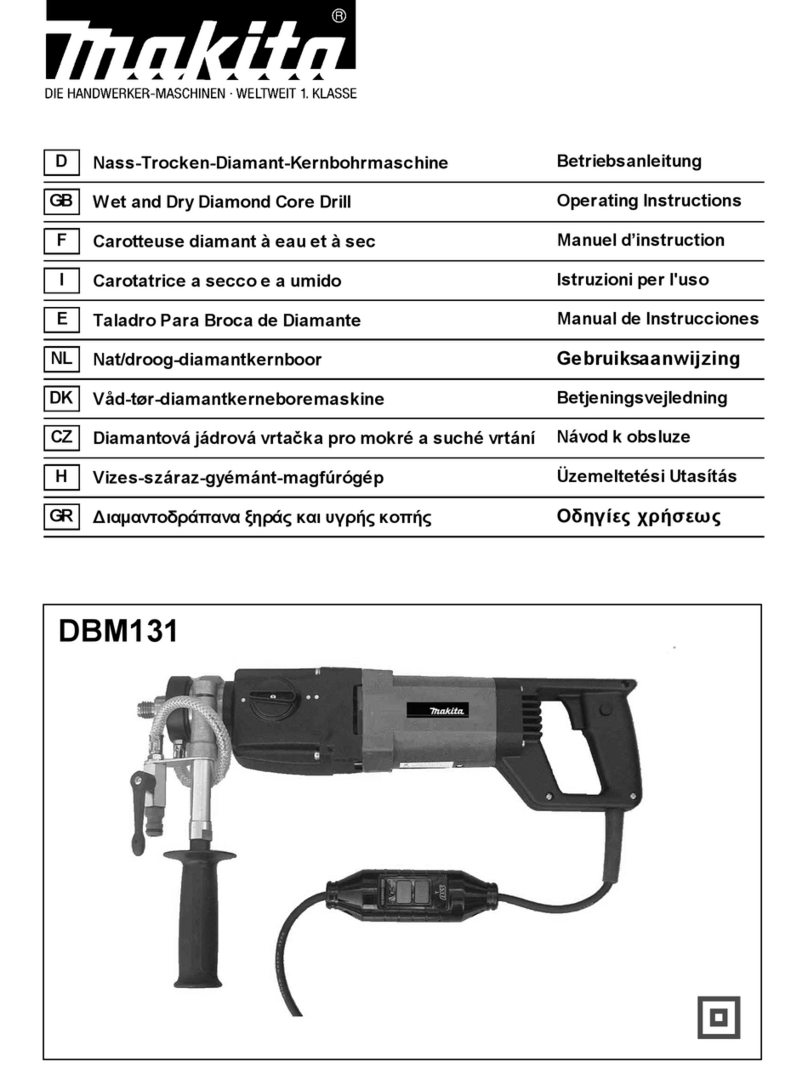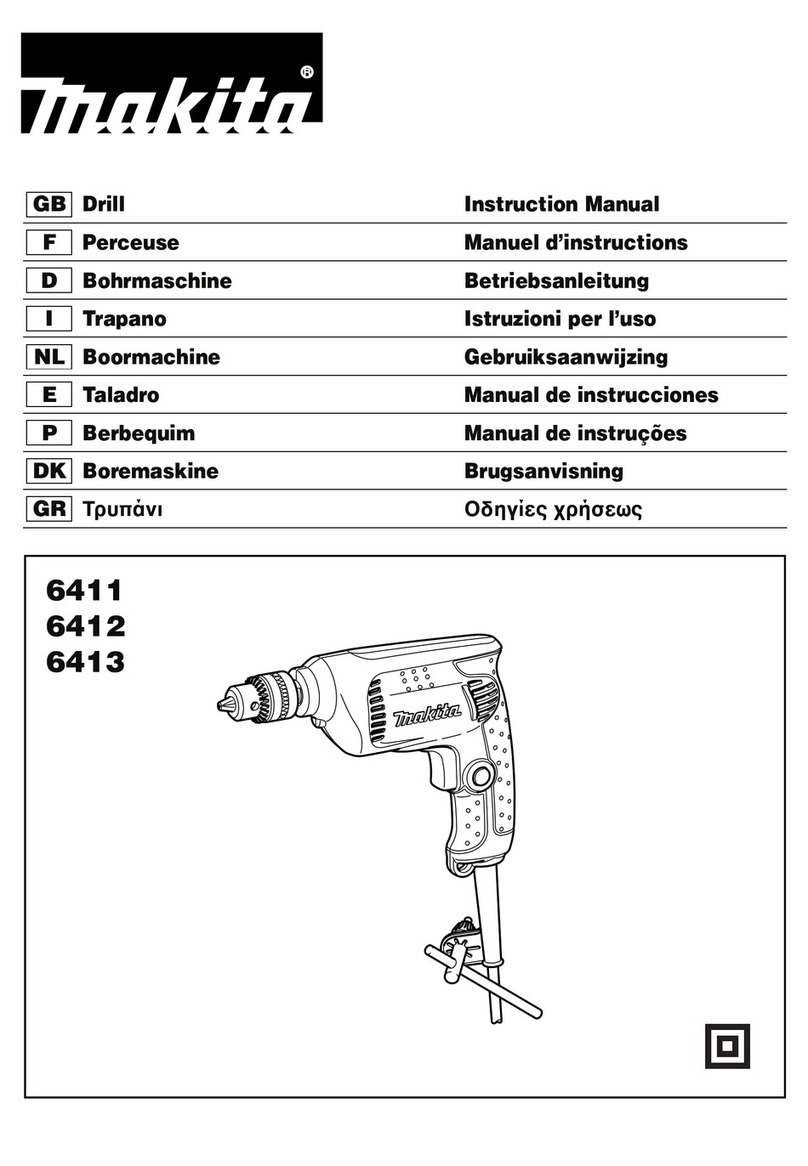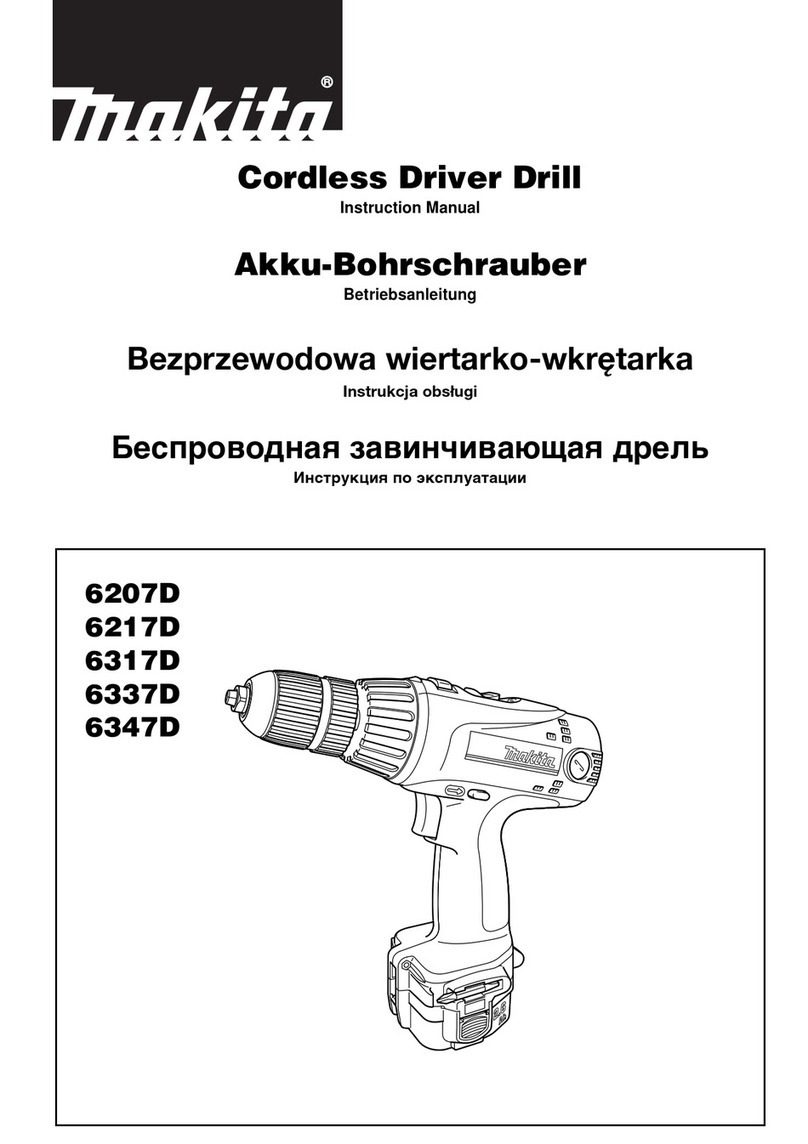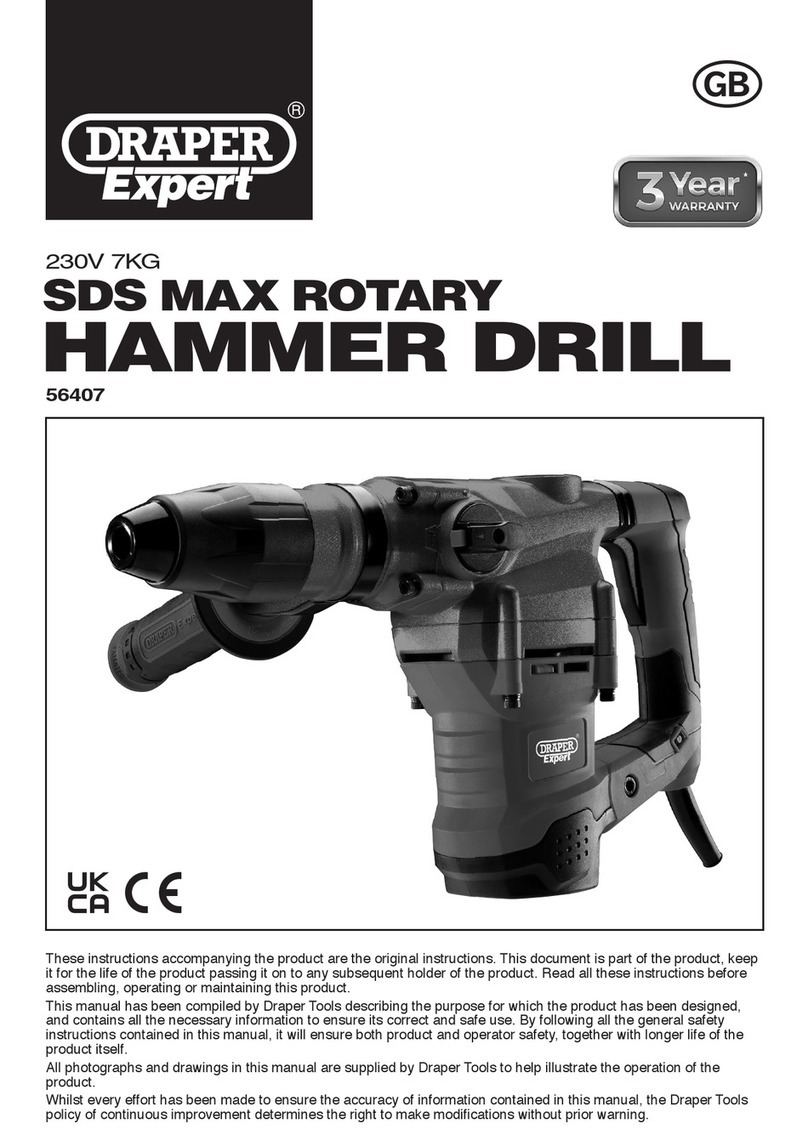Makita HP332D Manual
Other Makita Drill manuals

Makita
Makita 6343D User manual

Makita
Makita HP1640 User manual
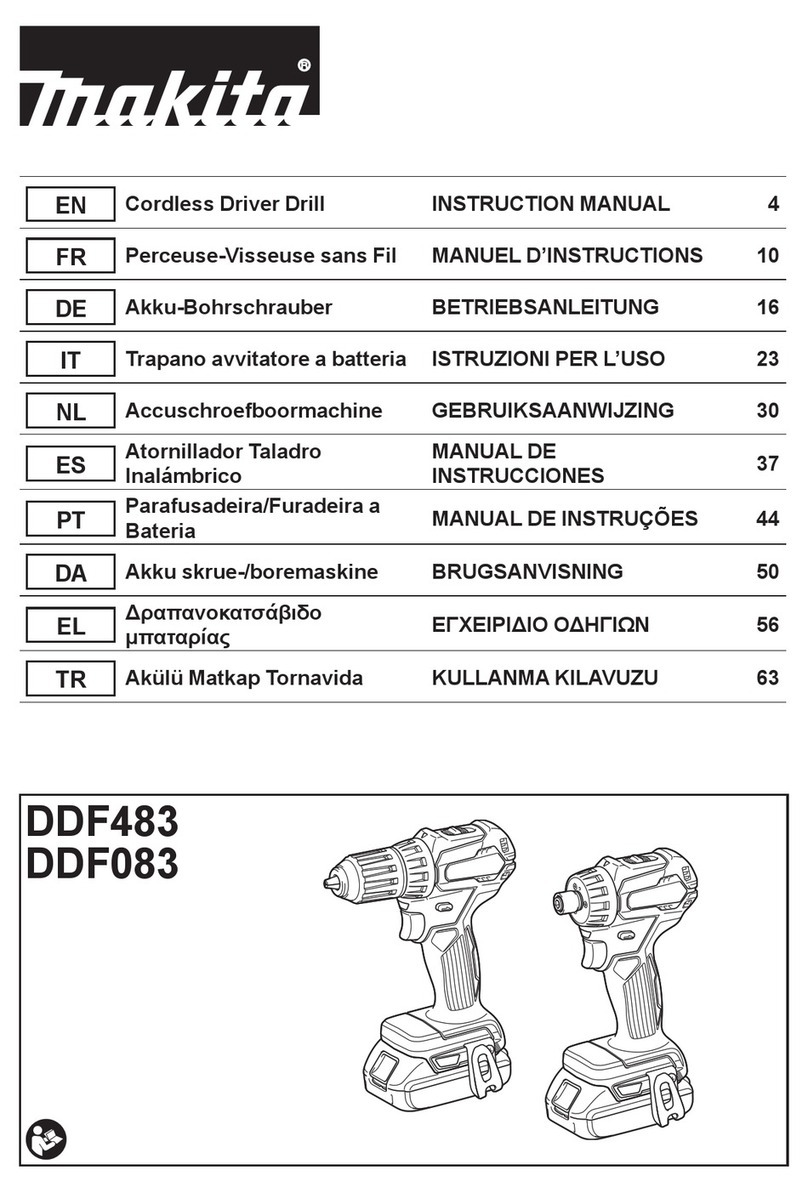
Makita
Makita DDF483RFJ User manual
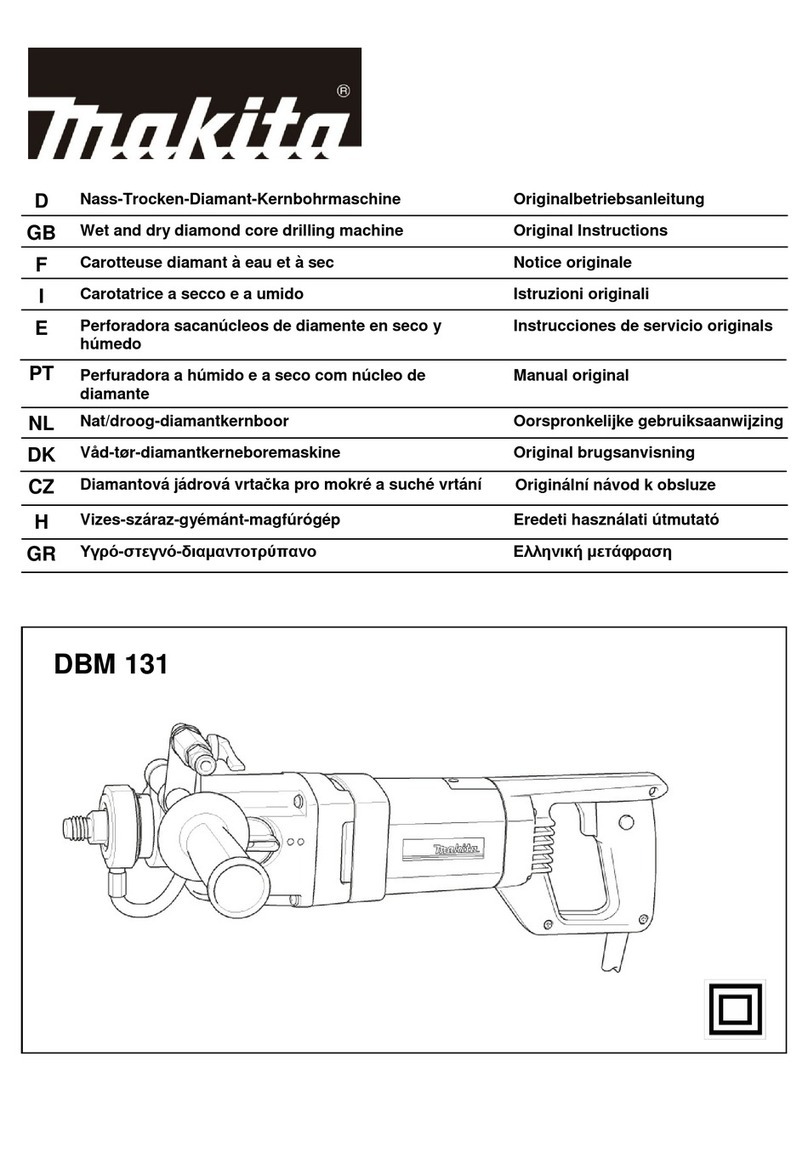
Makita
Makita DBM131 User manual

Makita
Makita M0600 User manual

Makita
Makita BHP448 User manual
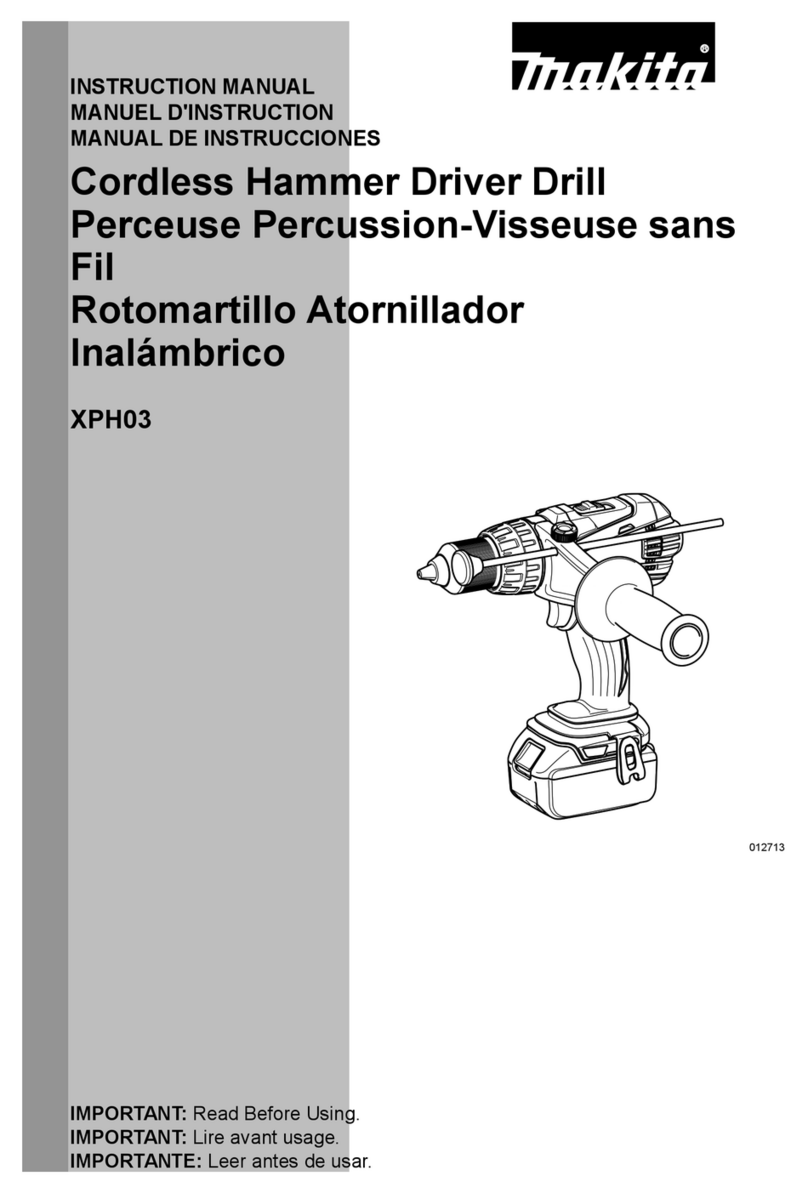
Makita
Makita XPH03 User manual
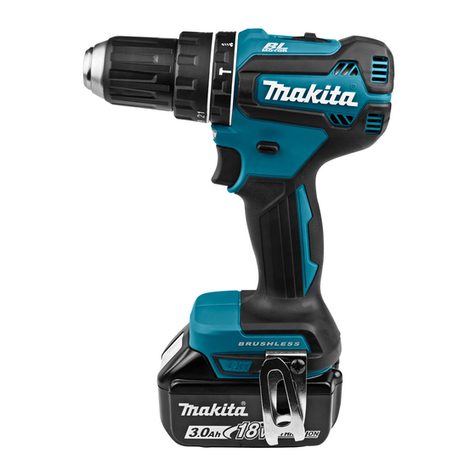
Makita
Makita DHP485RFJ User manual

Makita
Makita 8416 User manual
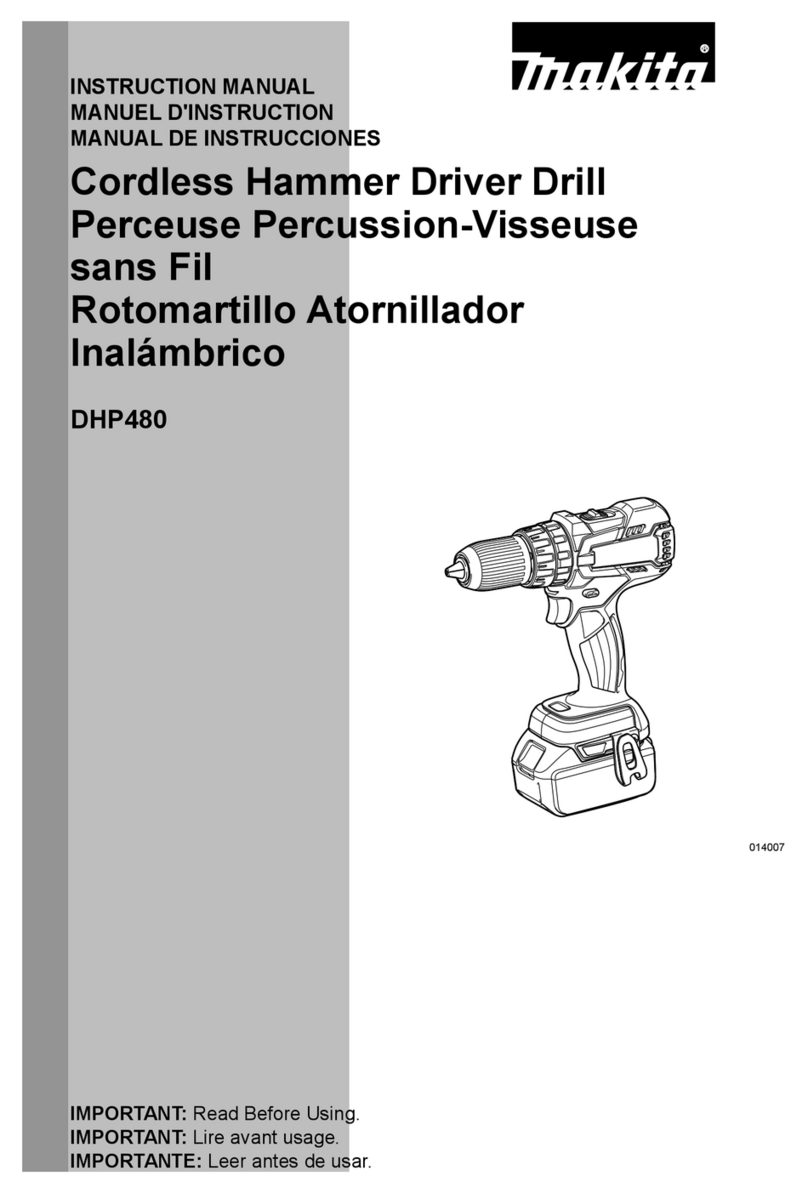
Makita
Makita DHP480 User manual
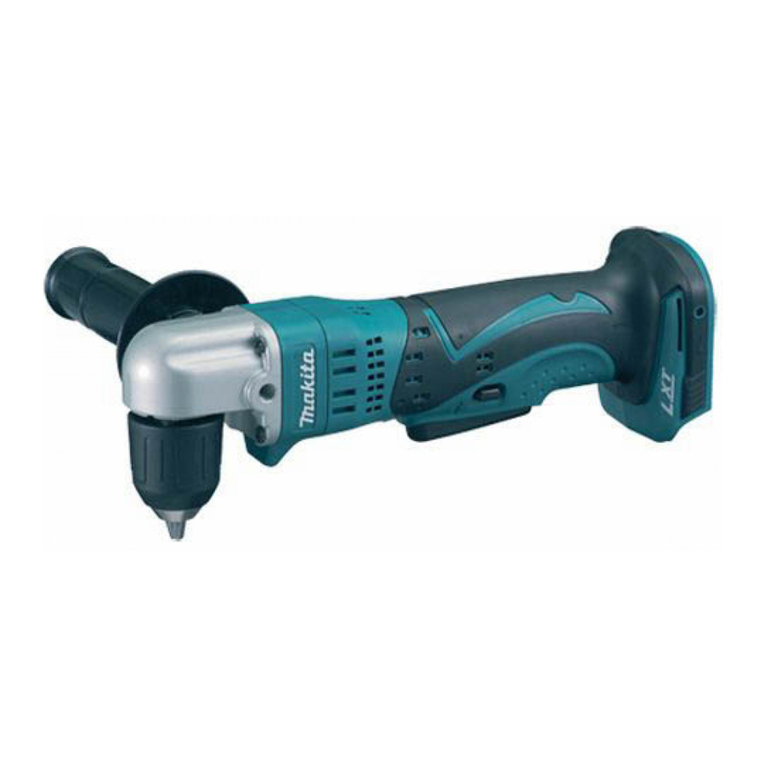
Makita
Makita DDA341 User manual

Makita
Makita DHP458 User manual
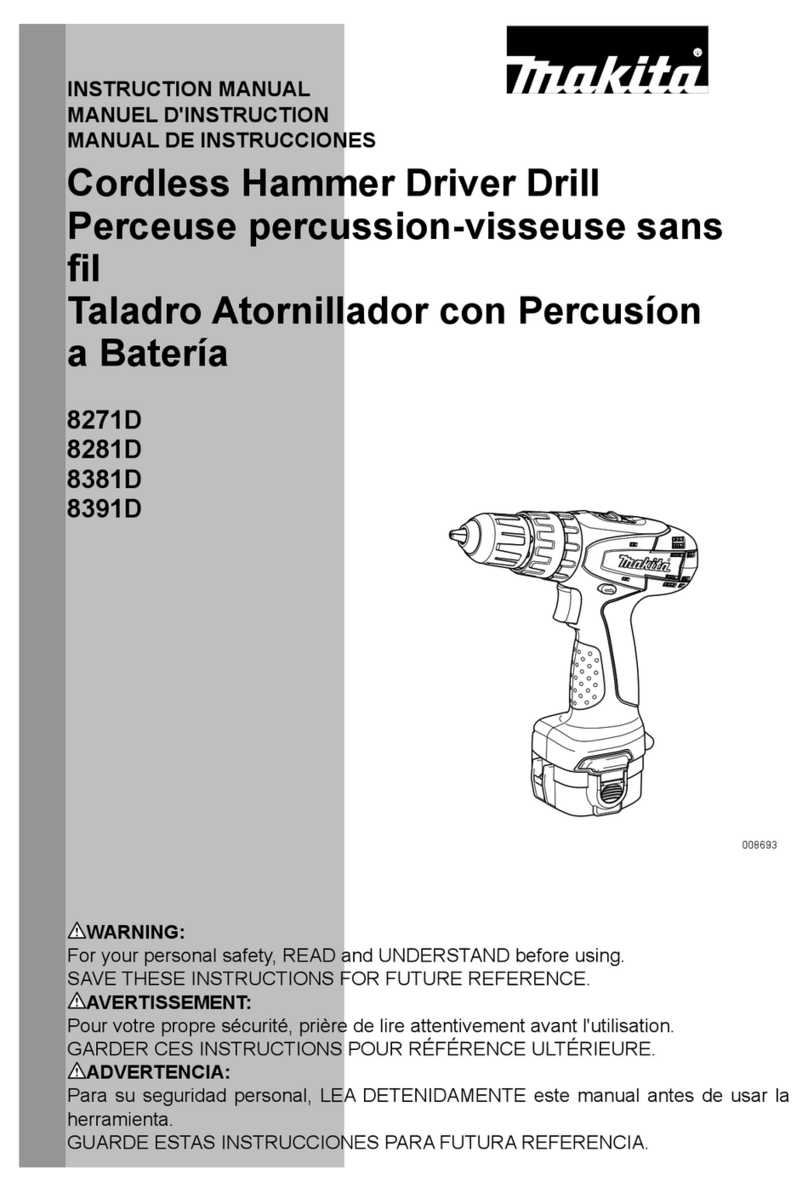
Makita
Makita 8281D User manual

Makita
Makita BHP343 User manual
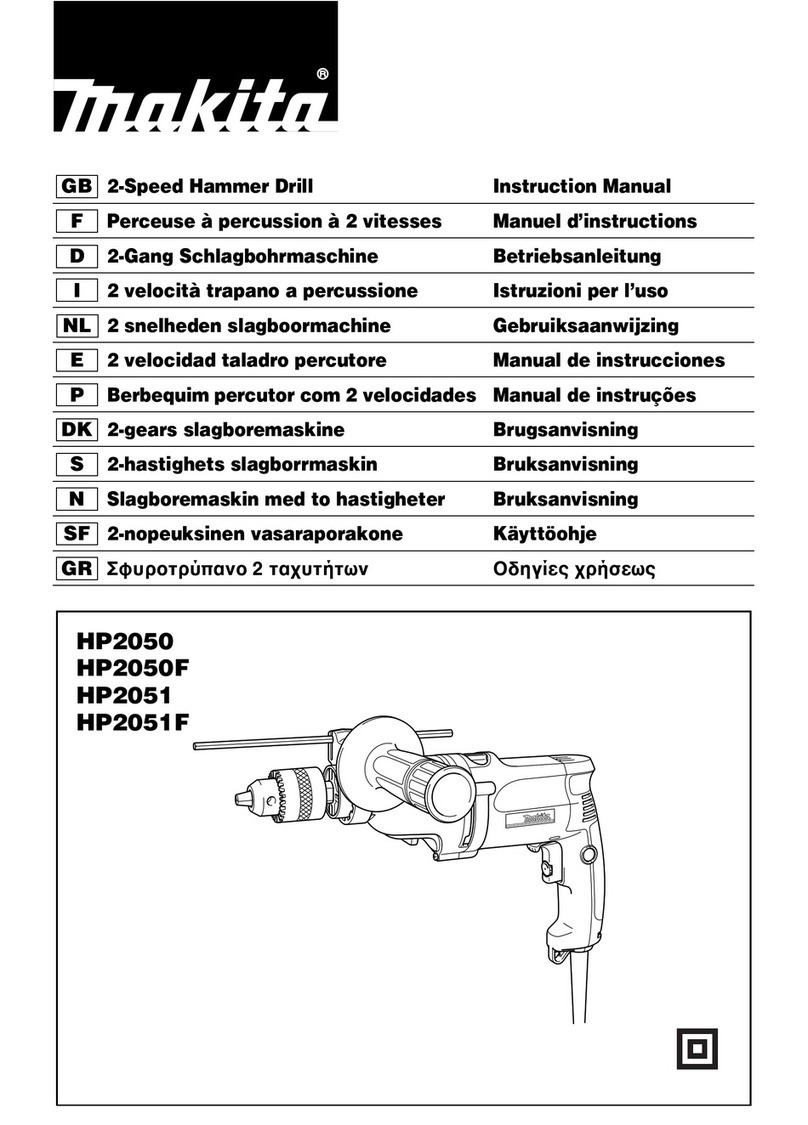
Makita
Makita HP2051 User manual
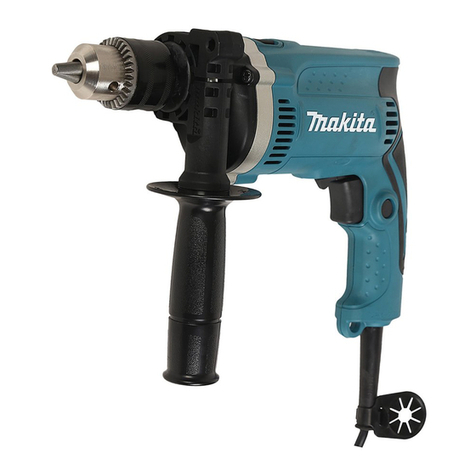
Makita
Makita HP1630K User manual

Makita
Makita XFD14 User manual

Makita
Makita 6501X User manual

Makita
Makita DDF448 User manual
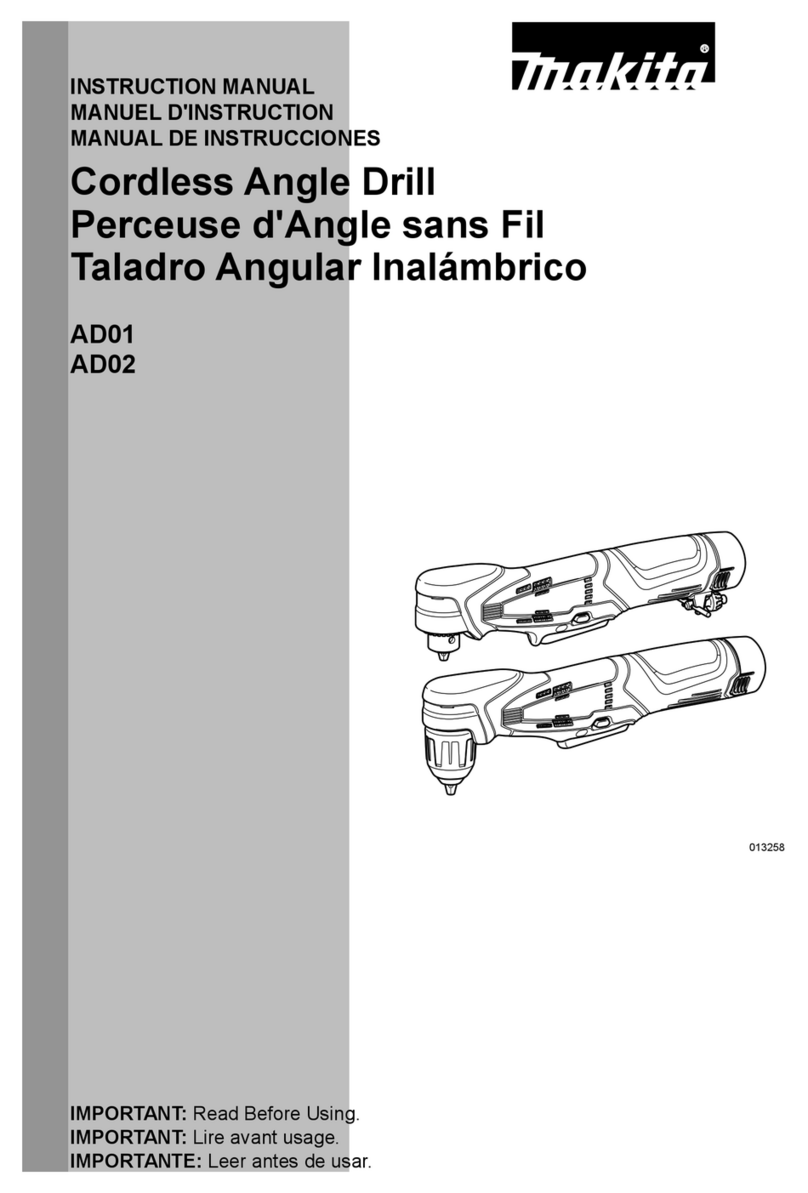
Makita
Makita AD01 User manual
Popular Drill manuals by other brands

Panasonic
Panasonic EY7460 - DRILL DRIVER 21.6V operating instructions

Mueller
Mueller E-5 operating instructions

Bosch
Bosch GSB Professional 18-2 RE Original instructions

Clarke
Clarke CON18LI Operation & maintenance instructions

Stanley
Stanley SCH20 user manual

Black & Decker
Black & Decker LDX220 instruction manual
